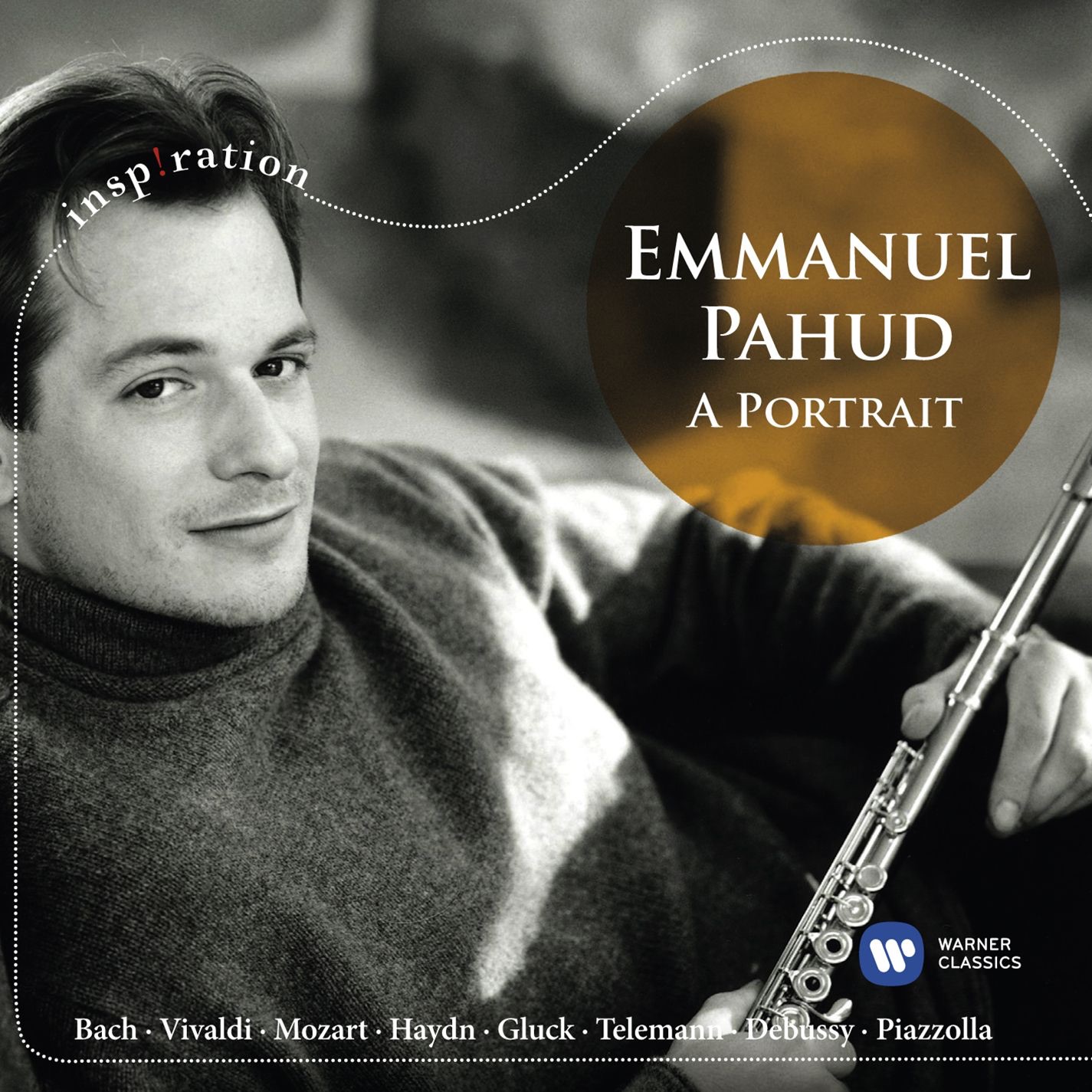Doppler Concerto For Two Flutes Program Notes Haydn
Haydn gets a lot of mileage out of the six notes of the first phrase, crafting a whole development section out of the interplay of the two-note idea that ends it. Though he gives the opening phrase some imitative (contrapuntal) treatment, he never loses the ebullience of the movement in contrapuntal complexity. Jan 19, 2018 - Some major composers have contributed to the flute concerto repertoire, with the best known works including those by Mozart and Vivaldi.
25 in C Major An early undated Eisenstaedt work, this cheeky C major symphony is one of Haydn’s shortest, clocking in at a mere 14 minutes. What it lacks in length is countered by a score that is full of intrigue and surprises. Scored for two oboes, a pair of horns, strings, and continuo, this short three movement symphony was composed sometime between 1761 and 1763.
The majority of the earliest symphonies are hard to pinpoint, but most musicologists place this as the twelfth symphony in the chronological order. Unlike the majority of even the earliest C major symphonies, the composition does not include trumpets. Papercraft zoids voltron download. This, however, is just one of the many quirks contained in this change-up work. In the opening Adagio, the listener is tricked into thinking that the first movement is in the traditional slow first movement church sonata form. After a dominant cadence that passes and just when we are comfortable, the stately four beat intro suddenly stops before abruptly charging into an energetic Allegro Molto that is in two-four. A lengthy development section is extended further by a false recapitulation.

The element of surprise is continued with the placement of a Minuet and Trio second movement. After a violinbased melody in the minuet, the trio features more serenade-like solo horn and oboe parts over sparse pizzicato strings. It does not hit the listener until the opening measures of the final presto that that there is no slow movement. A violin-dominated blur of a movement with a minimal development and recapitulation, we are left wanting more as it is only three minutes in length. Trumpet Concerto in E-flat One of the most often performed of the seventeen Haydn concerti, the E-flat trumpet concerto was written late in his life following his enormously successful travels to London (leading to the twelve London Symphonies). Upon his return to Vienna, Haydn connected with the new trumpeter of the Royal Imperial Theater, Anton Weidinger. Weidinger was working on his new, keyed “organized trumpet,” an advancement that allowed the addition of many more notes, allowing more melodies and scales.
(Hummel’s famous concerto was also composed for Weidinger.) Completed at the age of 64 in 1796 and premiered in Vienna four years later, it would prove to be the master composer’s final major orchestral work. Showing the influence of the London symphonies, the orchestration is larger than any other Haydn concerto with 2 flutes, 2 oboes, 2 bassoons, 2 horns, 2 trumpets, timpani, and strings. The concerto’s fast opening movement is a sonata form with an orchestral introduction melody before Weidinger’s new trumpet enters, but it is cheekily introduced only after a few false starts.
A mix of low pedal notes and fanfares, the second movement is a gentle Andante Cantabile that features a level of chromaticism in the middle and lower registers that previous natural trumpets would not have been able to manage. The finale is a Rondo, with a virtuosic theme that returns after each episode. Light, agile, and quick, the movement displays fanfares that unfortunately very few people heard at the premiere performance. By the 1800 debut at the Burg Theater, fickle Viennese audiences had moved on from what was perceived as oldfashioned Haydn, and the performance took place in a nearly empty concert hall.
.jpg)